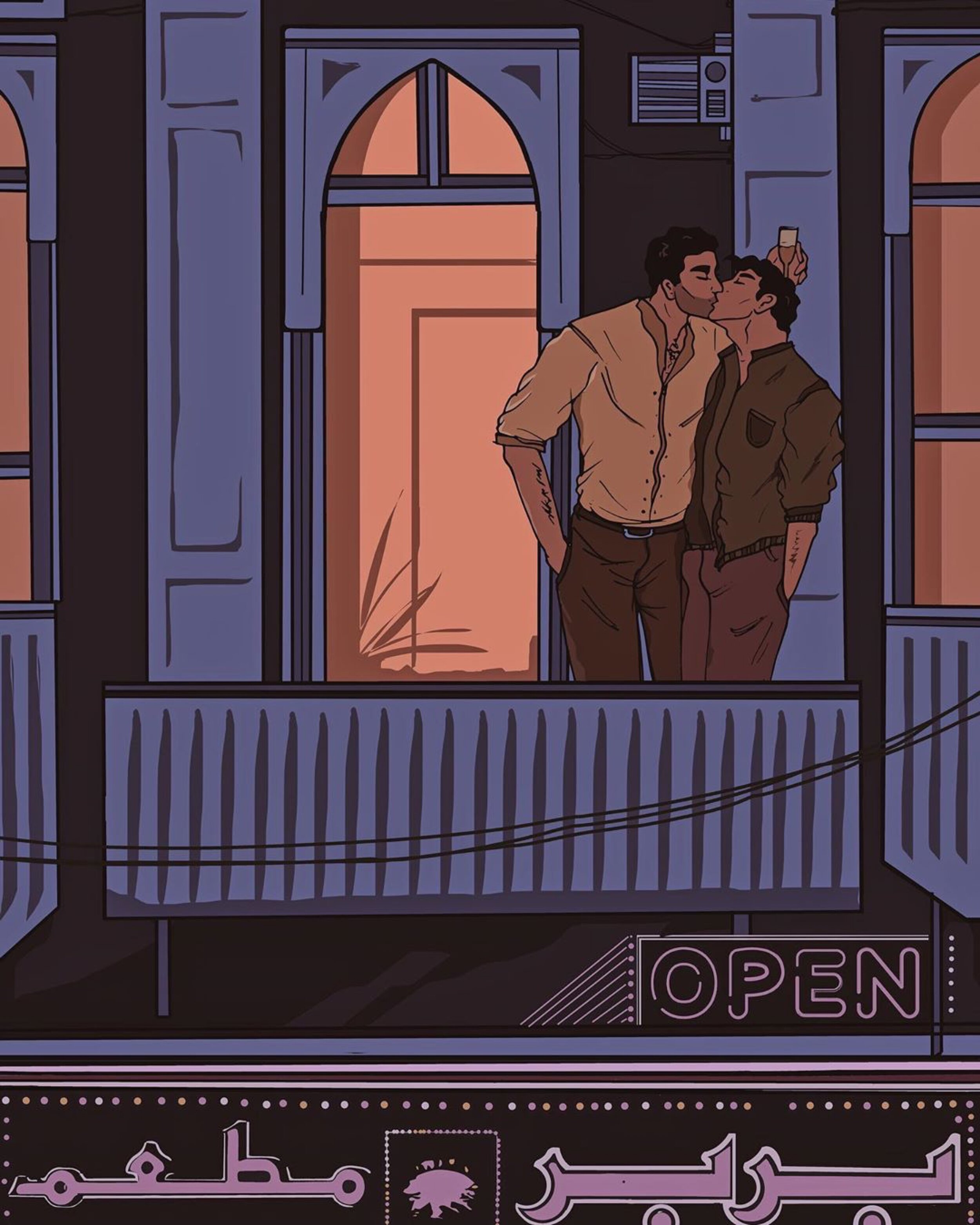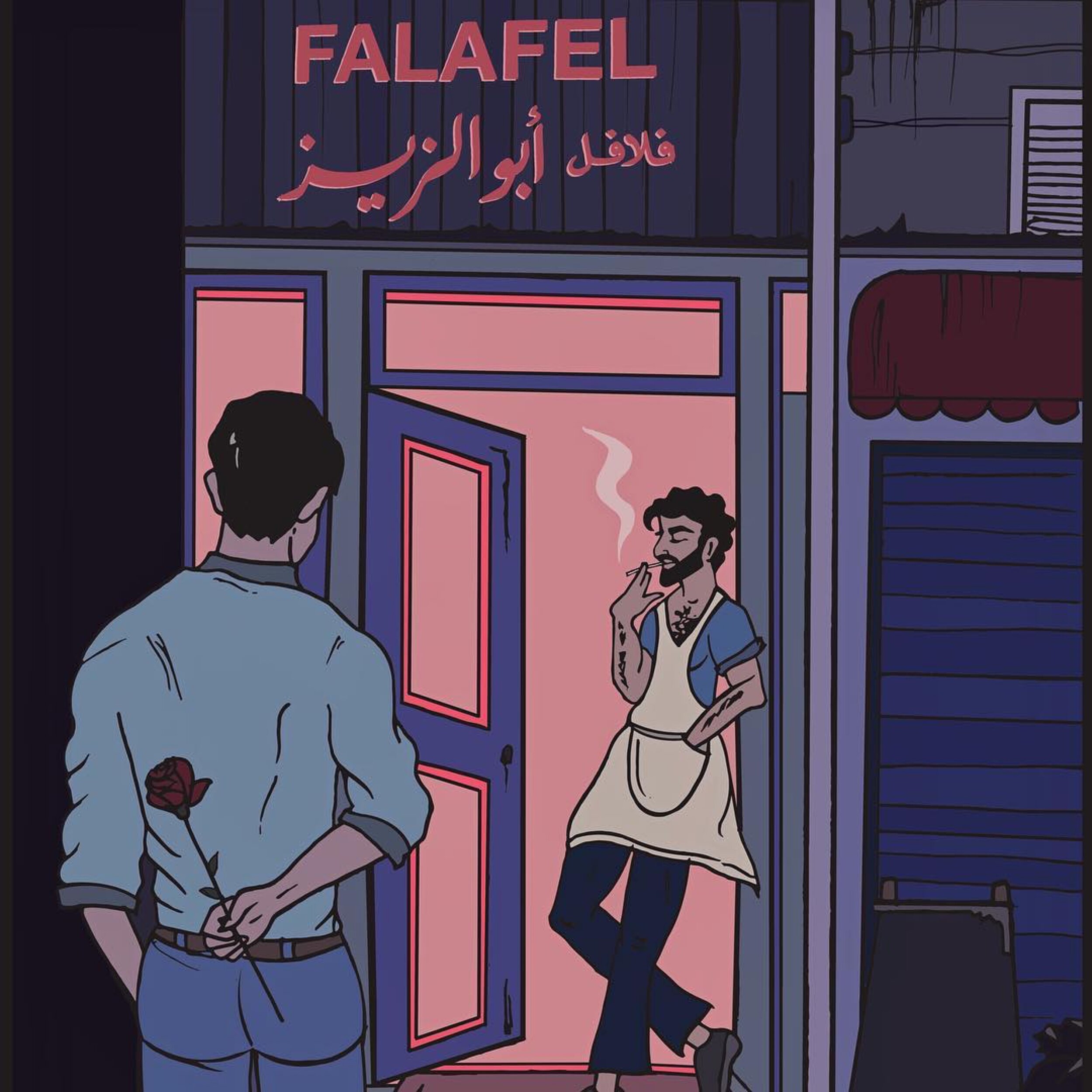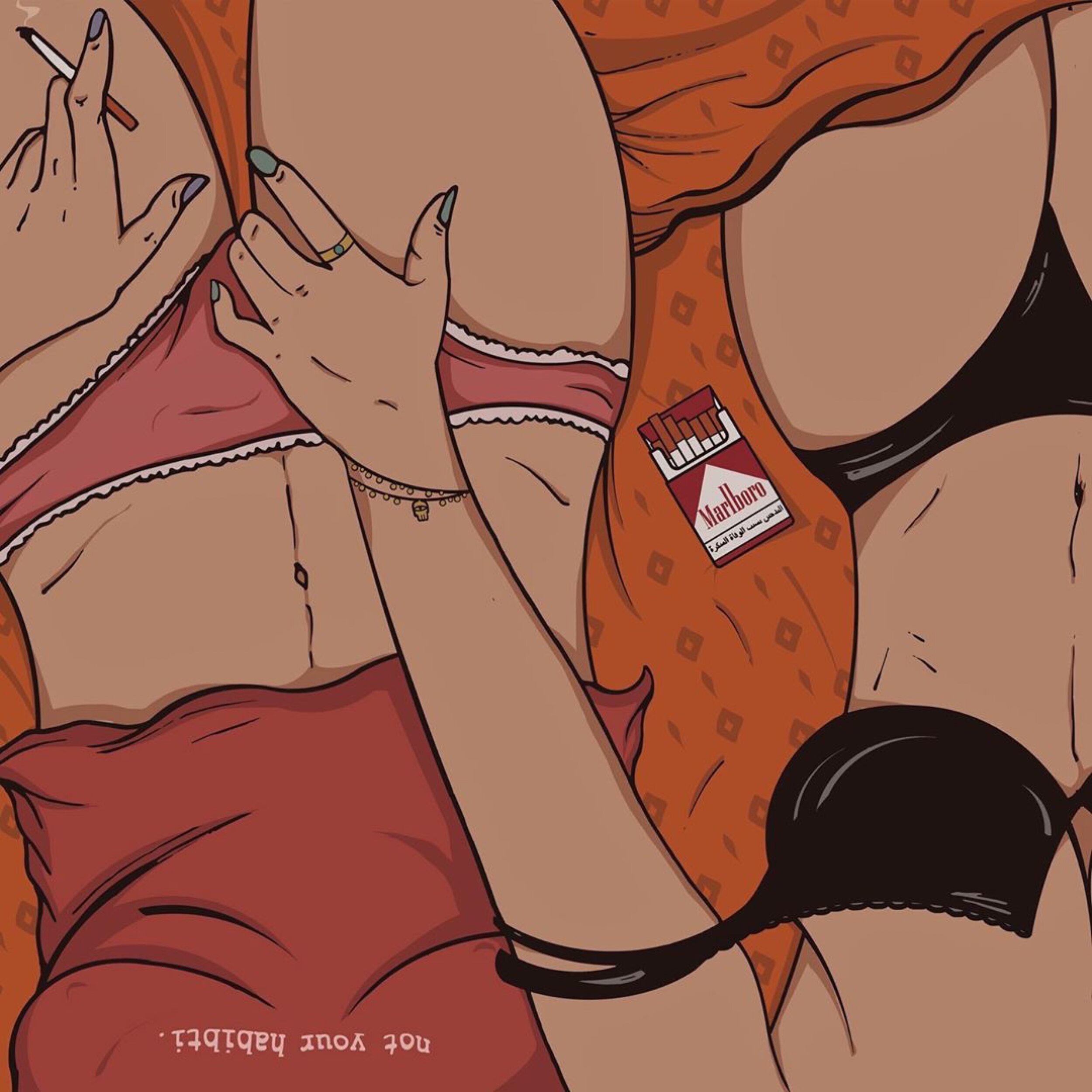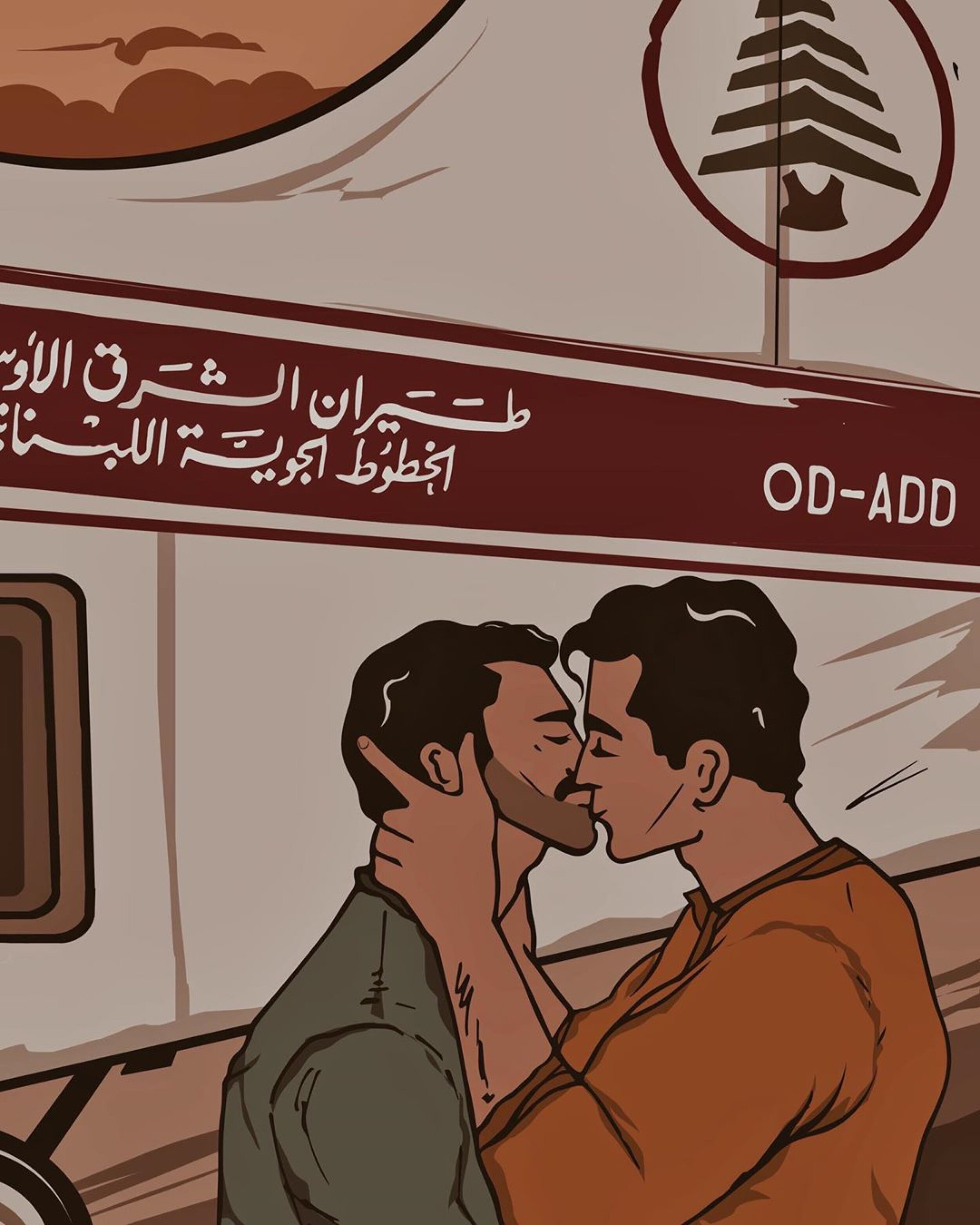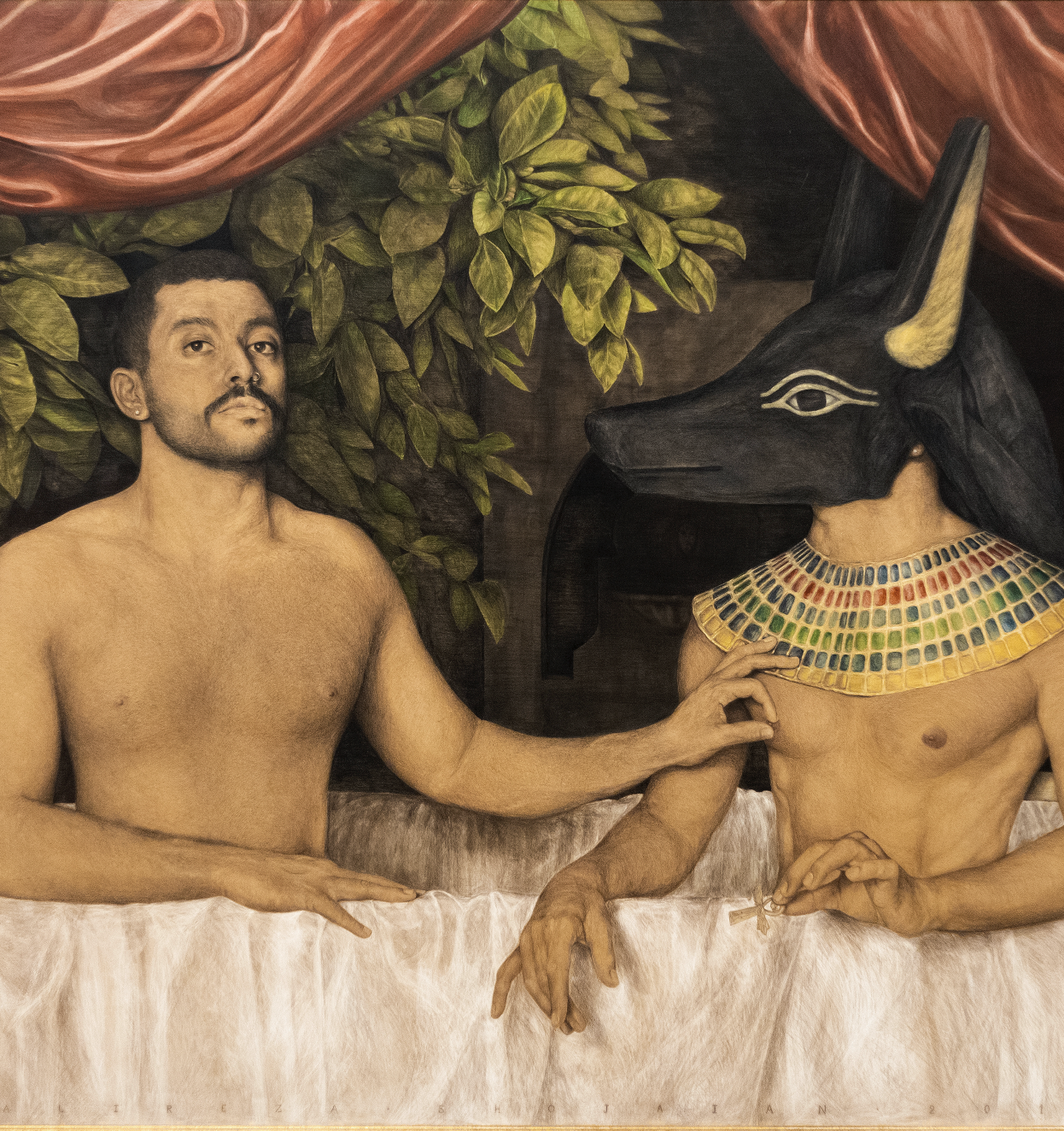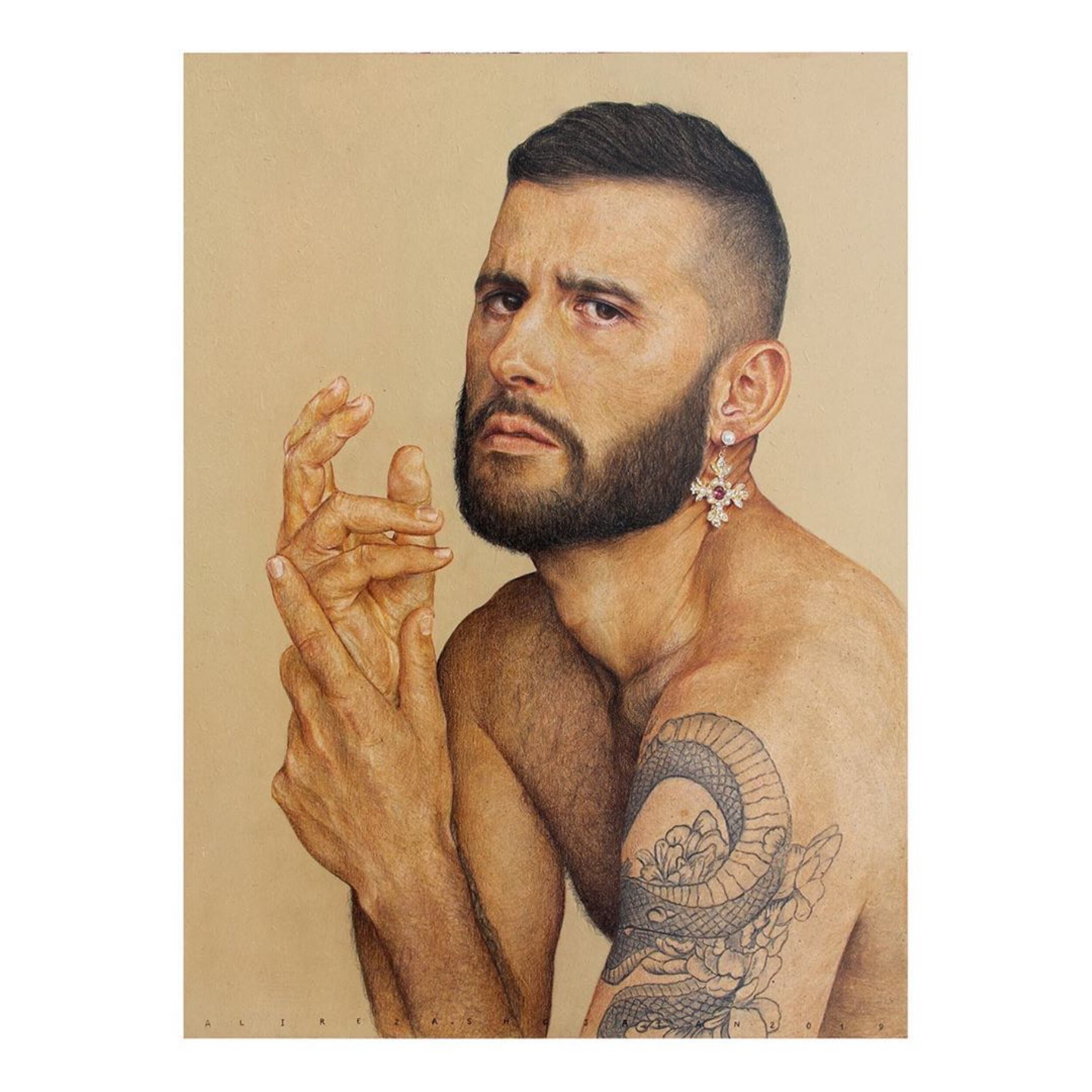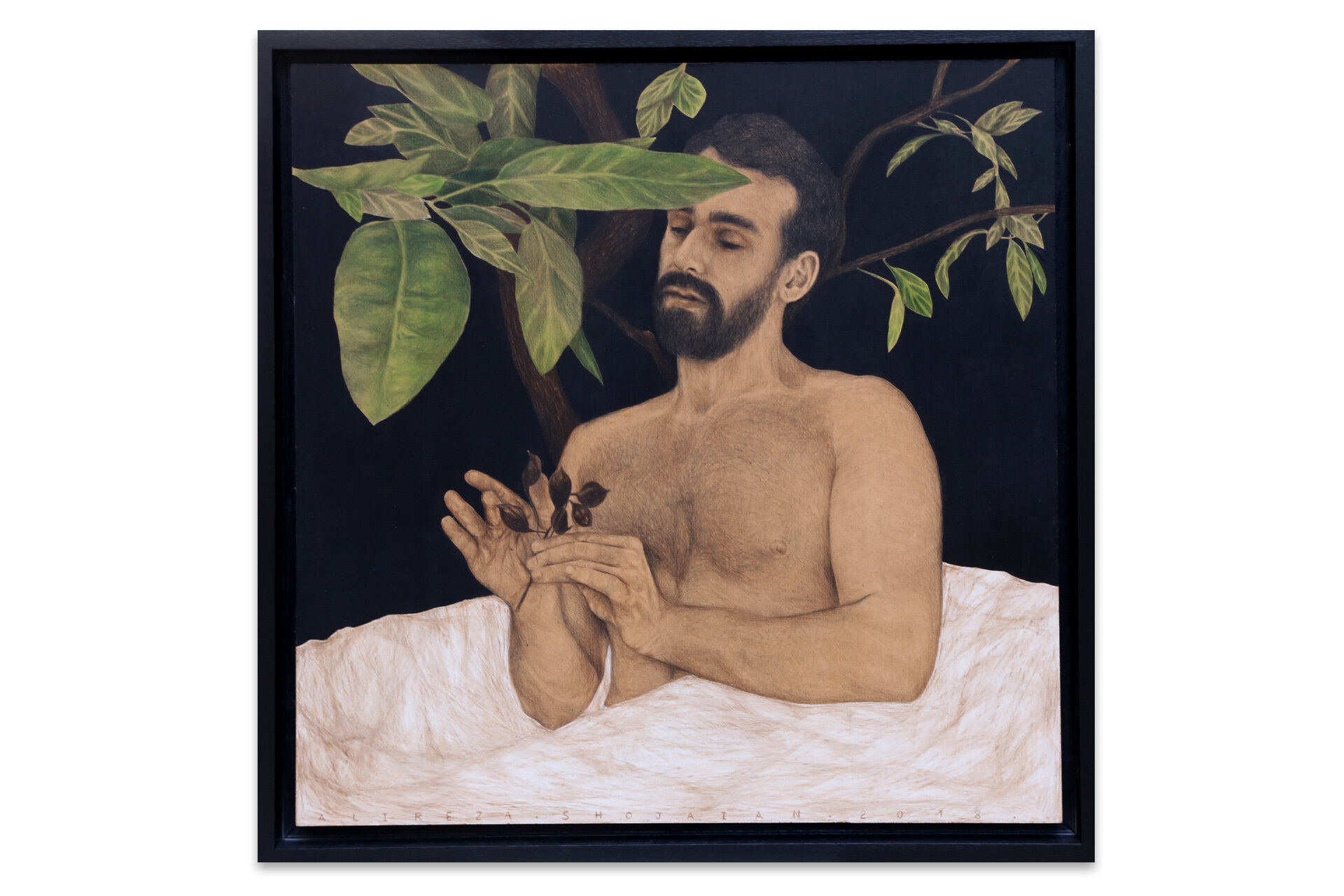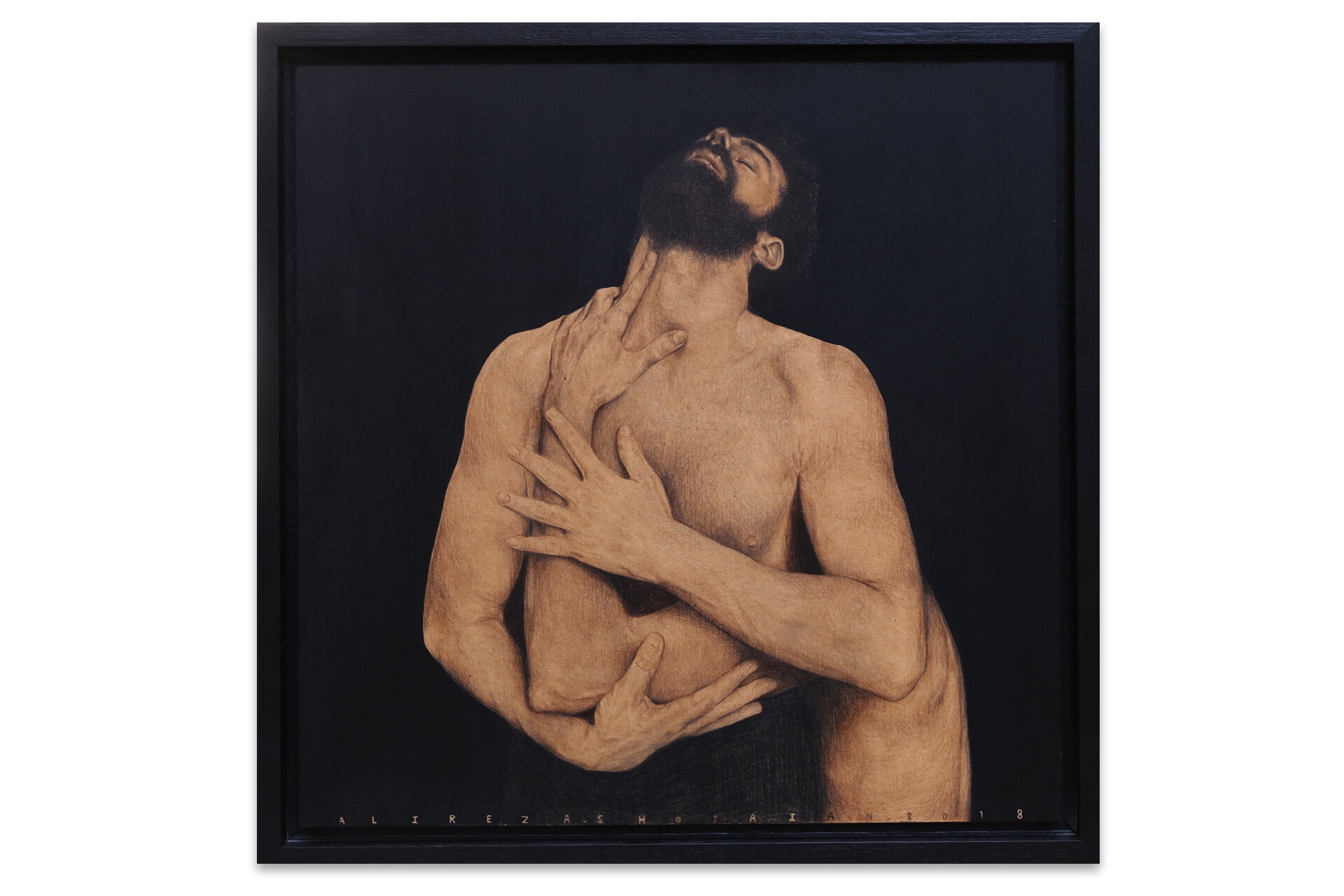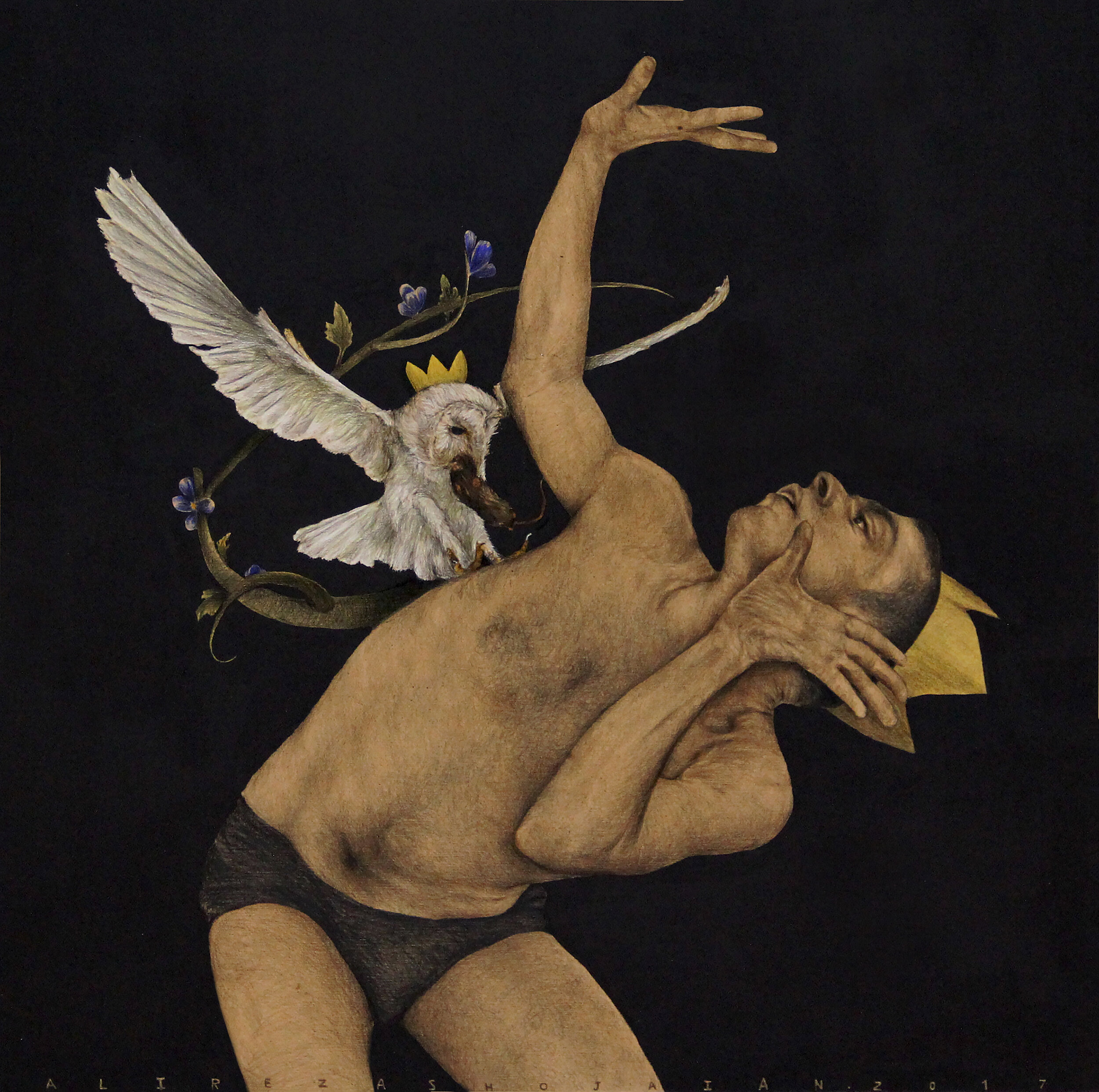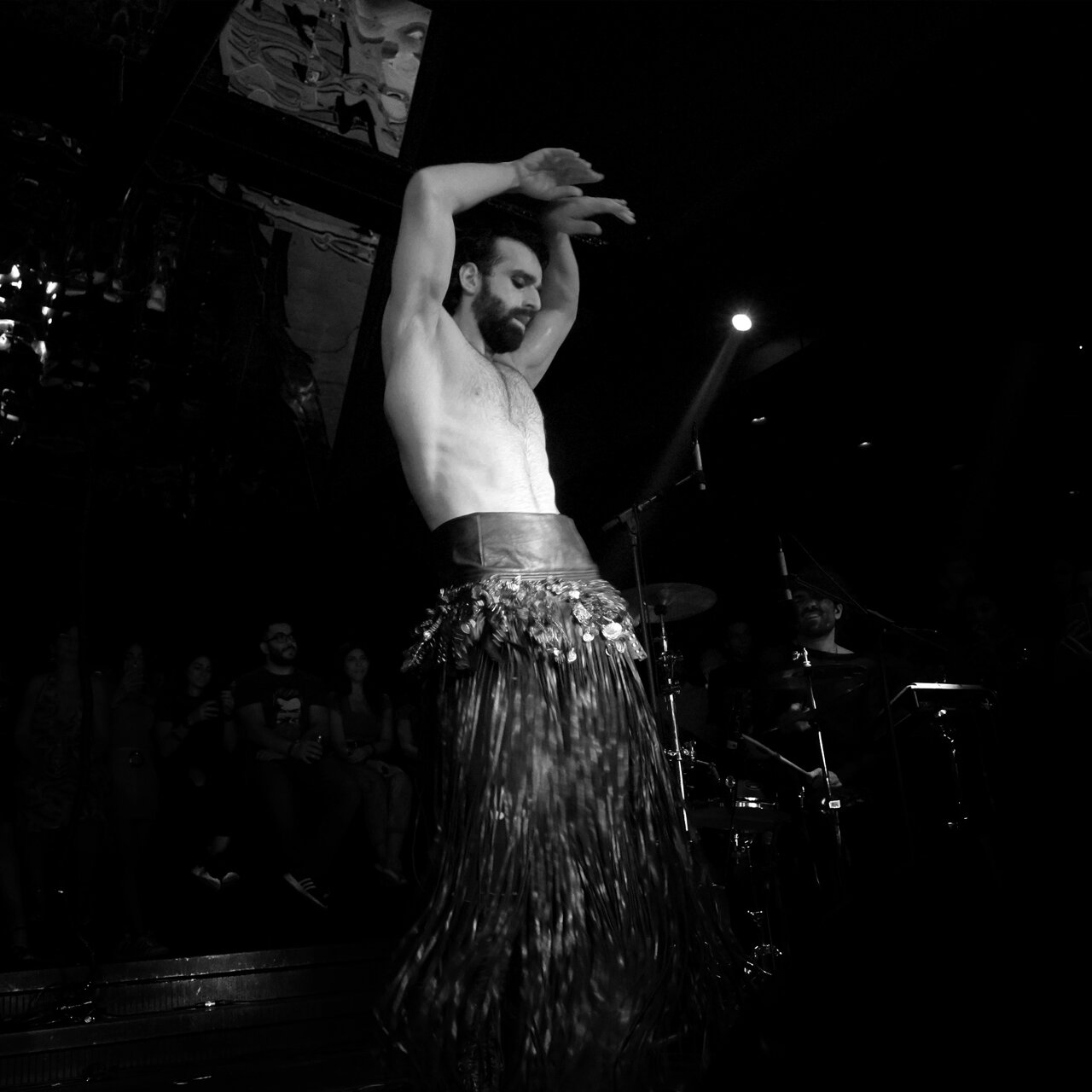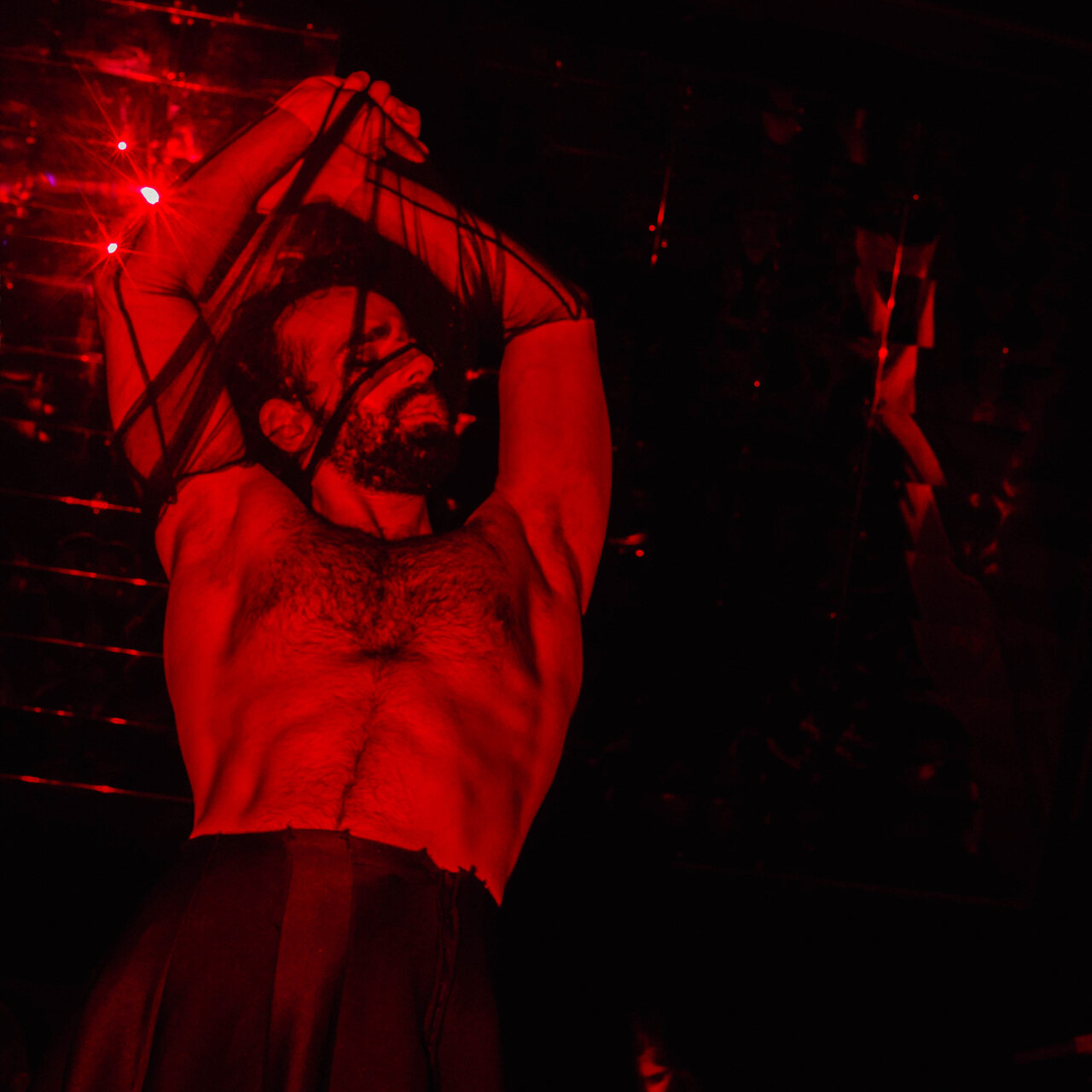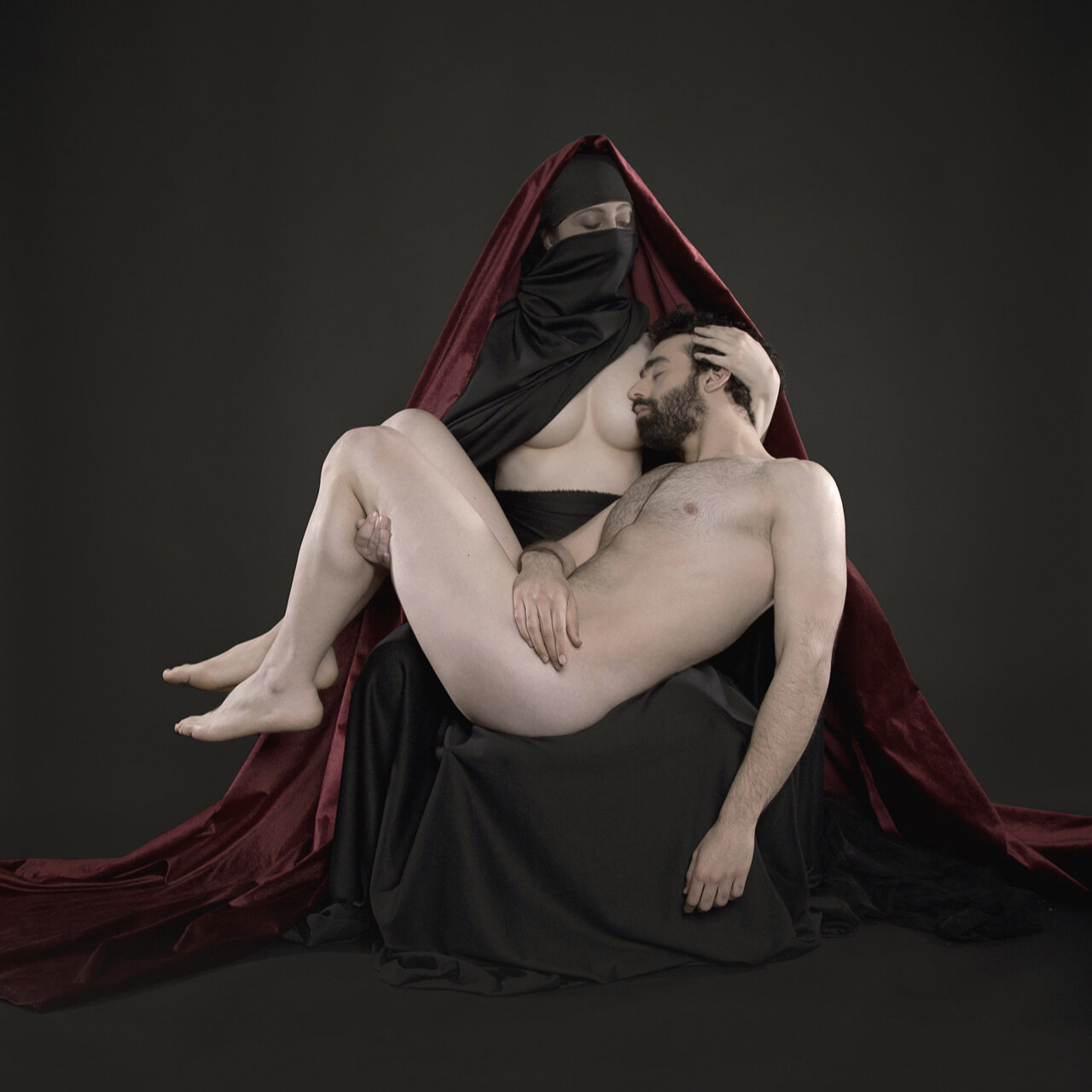LGBTQ+ artists from the Middle East
In a region where homosexuality is still punishable by law, these 3 Middle-Eastern artists are fighting oppression through art, while paving the way for up-and-coming LGBTQ+ artists:
1. artqueerhabibi
@artqueerhabibi is an anonymous self-taught illustrator, who brings much needed representation of queer Arab youth on his Instagram page, by capturing their joys and tribulations through his erotic, yet tender illustrations.
Do you think art has the ability to subvert discrimination against Queers in the region?
Art itself is unfortunately not enough to dissolve the discrimination against Queer youth in the Middle-East. However, bringing light to taboo subjects specifically in the Arab world is extremely important, and doing so through art is vital for our communities. We have the social responsibility to talk about these subjects, like the recent case of Maha al Mutairi, a Kuwaiti trans woman. Maha was arrested under charges of “imitating women”, and this caused an outrage all over Kuweit, sparking an international wave of solidarity on social media, with many activists mobilizing their connections, resources, and funds to protest her detention and ensure justice for her. It worked! Maha was released without charges – but was sadly harassed and sexually assaulted by the police officers. We have a LONG way to go, but every single step counts.
What do you think of the Queer future in the Middle East?
Activists from Lebanon are doing a wonderful job moving their country forward on that front – It’s not the same for other Arab countries. We can only hope that a fight in the right direction will affect the entire community in order to recognize and protect LGBTQ+ people.
What are some of the toughest hurdles you faced as a Queer Middle-Eastern artist?
I face threats every single day in my DMs from conservative Arabs all over the world. They wish me death and even hell sometimes. People think I’m in organization, when in fact I’m only a self-taught illustrator whose project has gained popularity. I would simply like to continue evolving my art, getting better at what I do, and spread a message of inclusivity and shout my pride.
2. ALIREZA SHOJAIAN
@alireza.shojaian is an Iranian artist, whose daring nude paintings have been the subject of controversy and fascination in the region.
Do you think art has the ability to subvert discrimination against Queers in the region?
Art can play a strong role in documenting, and giving visibility to any subject, while increasing awareness and tolerance in society. Since most Middle Eastern media aren’t open to this dialogue – either because of censorship or recognizing it as taboo – art becomes one of the few mediums to shed light on Queers in the region. Any individual who’s doing something to make more space for Queer representation in our societies, is important and should believe in their ability to make a change and continue to fight.
What do you think of the Queer future in the Middle East?
I would imagine it brighter; it might be more challenging than western societies and It might take time but no doubt there would be a result for all the fight, we’re doing today.
What are some of the toughest hurdles you faced as a Queer Middle-Eastern artist?
Coming from Iran, the experience of censorship and denial of our existence by the government is exhausting. I had to choose living in exile in order to protect myself and my voice. There are massive misconceptions about LGBTQ+ individuals which are perpetuated by media and religious fear, to have control over society.
3. KHANSA
@khansakhansakhansa is a Lebanese performance artist who aims to break stereotypes of traditional Middle Eastern values regarding masculinity, through his dancing and singing. His diverse cultural references range from religion to photography, telling an untold story about the Middle East.
Do you think art has the ability to subvert discrimination against Queers in the region?
It is through Art that we engage with political and social issues of our times. As a medium of expression and communication, it provides us with the ability to overcome shared struggles. Discrimination against all minorities needs to end and it is time to weaponize art to fight it.
Art does have the power to shake-up our region.
What do you think of the Queer future in the Middle East?
The Arab world is opening up and positive change is apparent thanks to several pioneers that came before us; there is a new generation of well-informed individuals with a global vision, and engaged attitudes. The change will come abruptly and a whole realm of unexpected possibilities will reveal themselves to us; the future is queer.
What are some of the toughest hurdles you faced as a Queer Middle-Eastern artist?
The main struggle I faced was my family's acceptance of my voice and “divergent” values. To this day, several members of my family turn a blind eye to what I do professionally. Year after year, it’s getting progressively better. This motivates me and pushes me to pour myself into my work even more, exploring my own sense of identity and sharing it with others.
interviewed by philippe ghabayen

